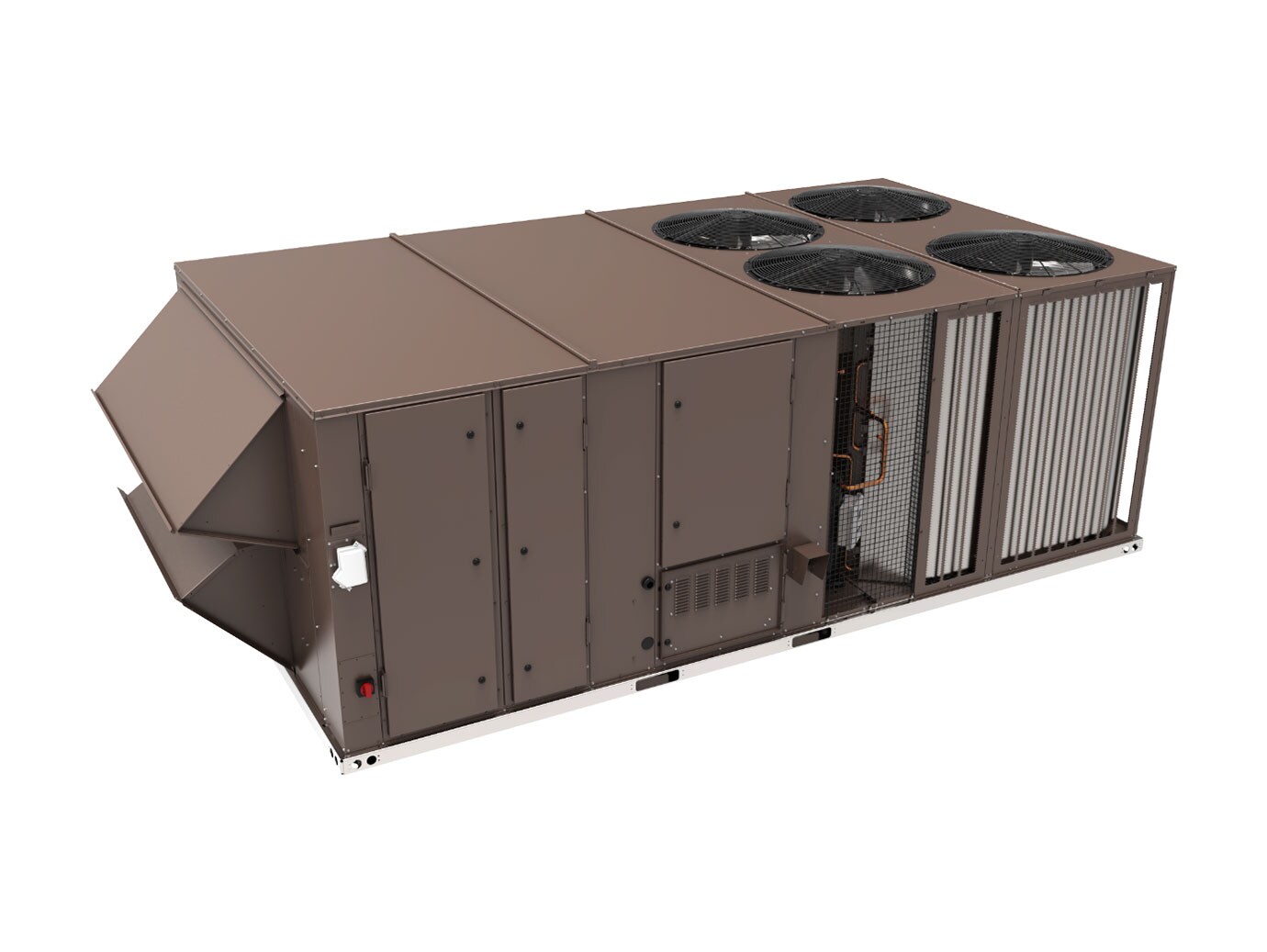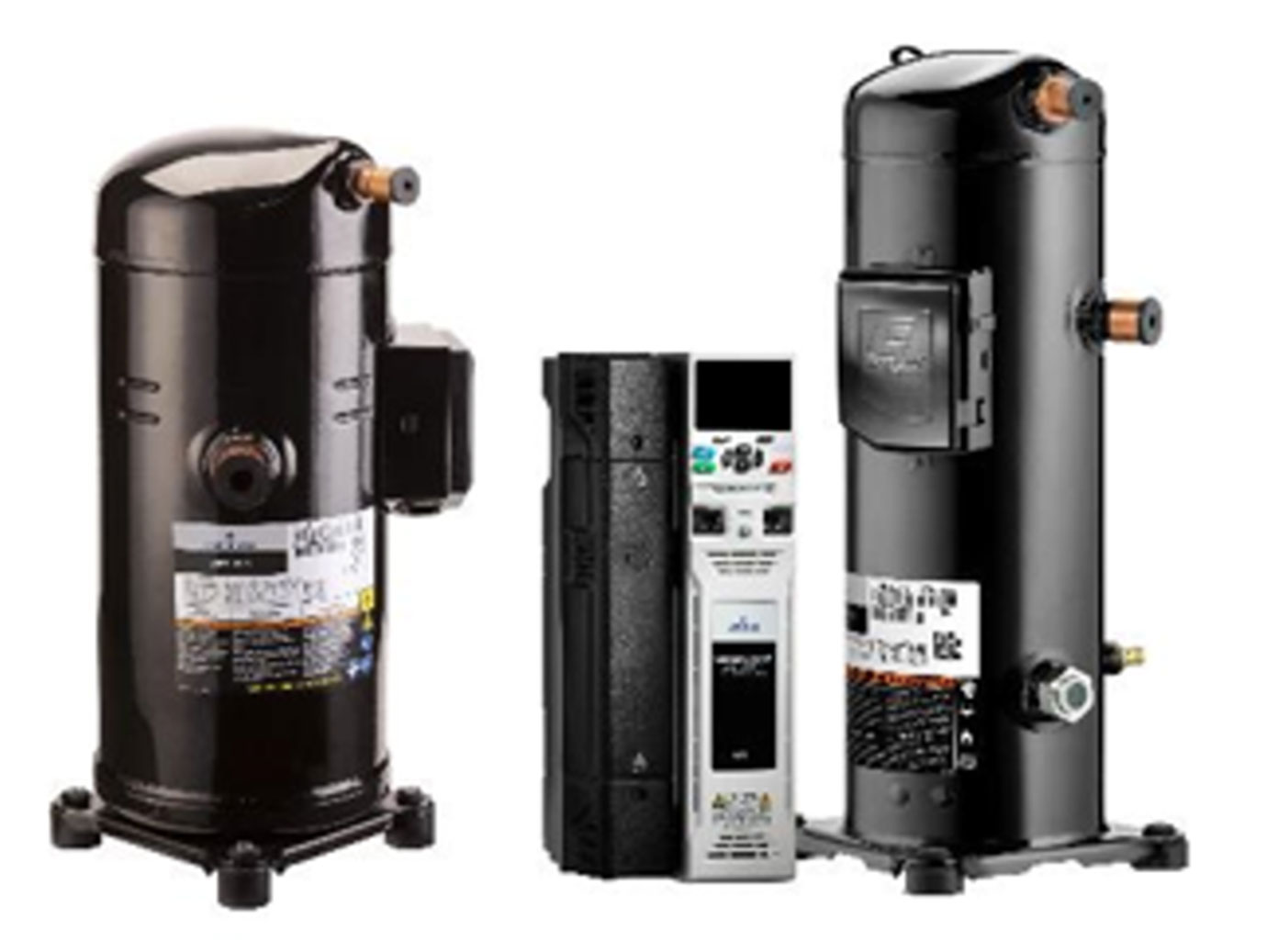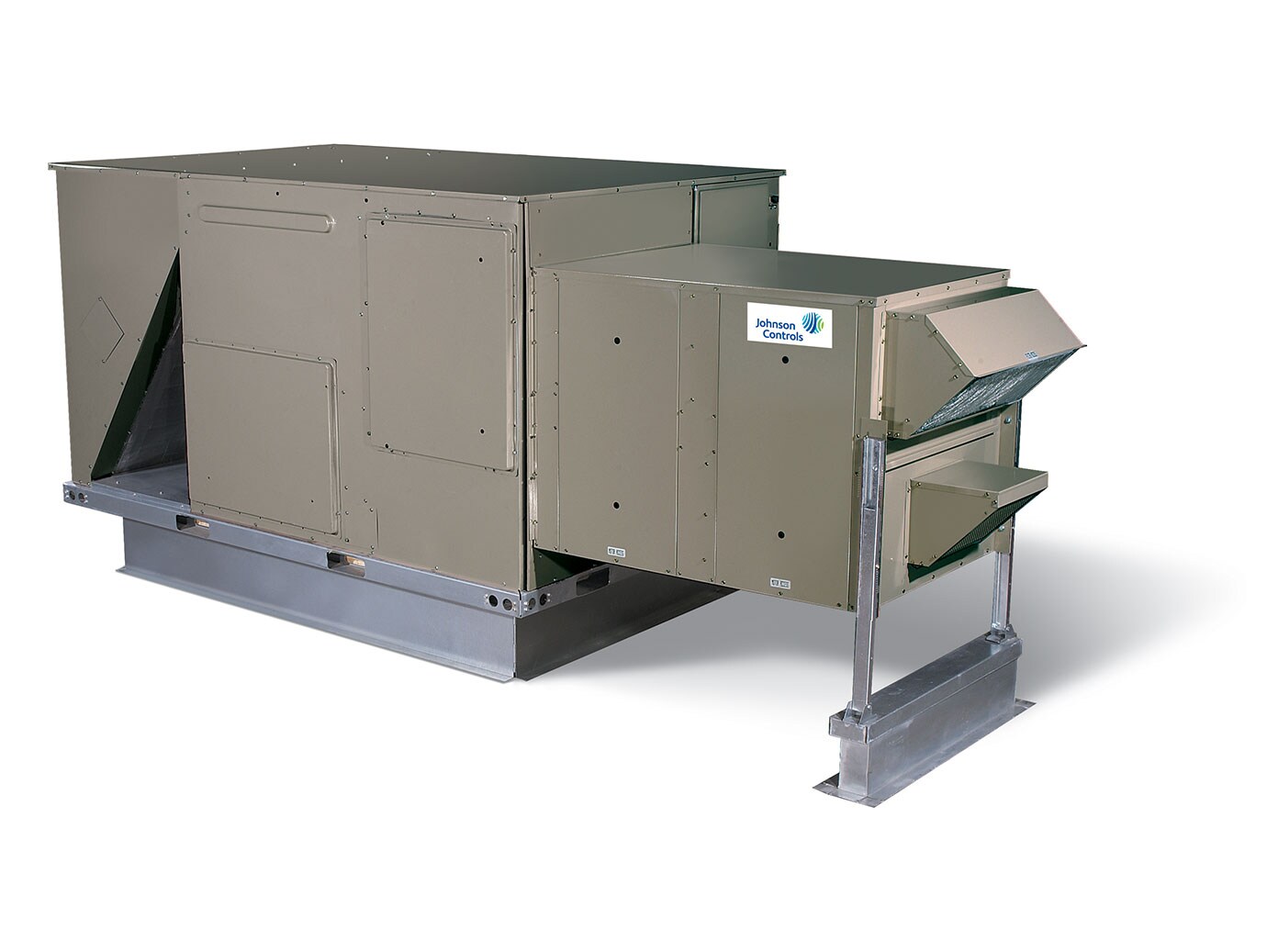Interested in Reducing your building’s carbon footprint?
Did you know that commercial buildings account for about 16% of all US CO2 emissions?

Building Efficiencies
Reduce your carbon load by losing less energy to leakage
- Improve existing building envelopes and window insulation to control air and moisture
- Follow recommended maintenance and service schedule over the life of the product
- In new construction, include more natural lighting into the design and source construction materials that have less embodied carbon
Energy-Efficient Upgrades
Options with great impact include replacing inefficient equipment that burn fossil fuels and optimizing heating and cooling loads with variable speed compressors or an Energy Recovery Ventilation System.
Commercial Heat Pump


Variable Speed Compressors
Energy Recovery Ventilation System

Controls Integration
According to the Department of Energy, integrating state-of-the-art sensors and controls into most commercial buildings can save as much as an estimated 29% of site energy consumption. These savings are achieved through high-performance sequencing of operations, optimizing settings based on occupancy patterns, and detecting and diagnosing inadequate equipment operation or installation problems. Furthermore, state-of-the-art sensors and controls can curtail or manage 10–20% of commercial building peak load. Here are some great building automation solutions to consider in helping you achieve your decarbonization and efficiency goals.
Featured Controls & Systems
Controls Methodology TEC300
Powerful Smart Building thermostat controller include ventilation features that allow building operators to confidently safeguard their buildings’ occupants, occupant sensor ventilation to reduce the rate of outdoor air flow when occupants are not present. And, when the TEC is paired with CO2 sensors, the demand-controlled ventilation feature allows the operator to choose a safe CO2 setpoint and monitor the building’s CO2 values over BACnet.
Building Automation Systems
Building automation systems can control heating, cooling, lighting, and appliances in commercial buildings. They cut greenhouse gas emissions by enhancing energy efficiency.
Higher Level Monitoring
OpenBlue is a complete suite of connected solutions that delivers impactful sustainability, new healthy occupant experiences, and respectful safety and security that combines our 135 years of building expertise with cutting-edge technology. It features a suite of tailored, AI-powered service solutions such as remote diagnostics, predictive maintenance, compliance monitoring, advanced risk assessments, and more.








